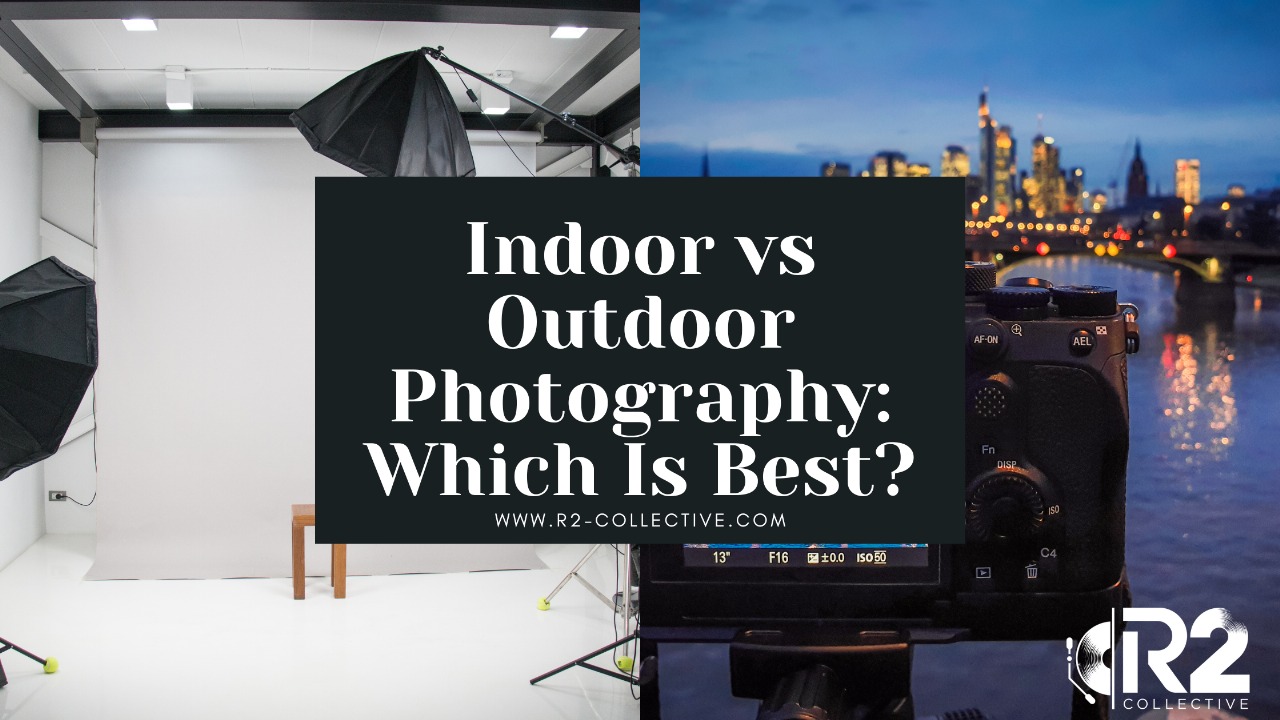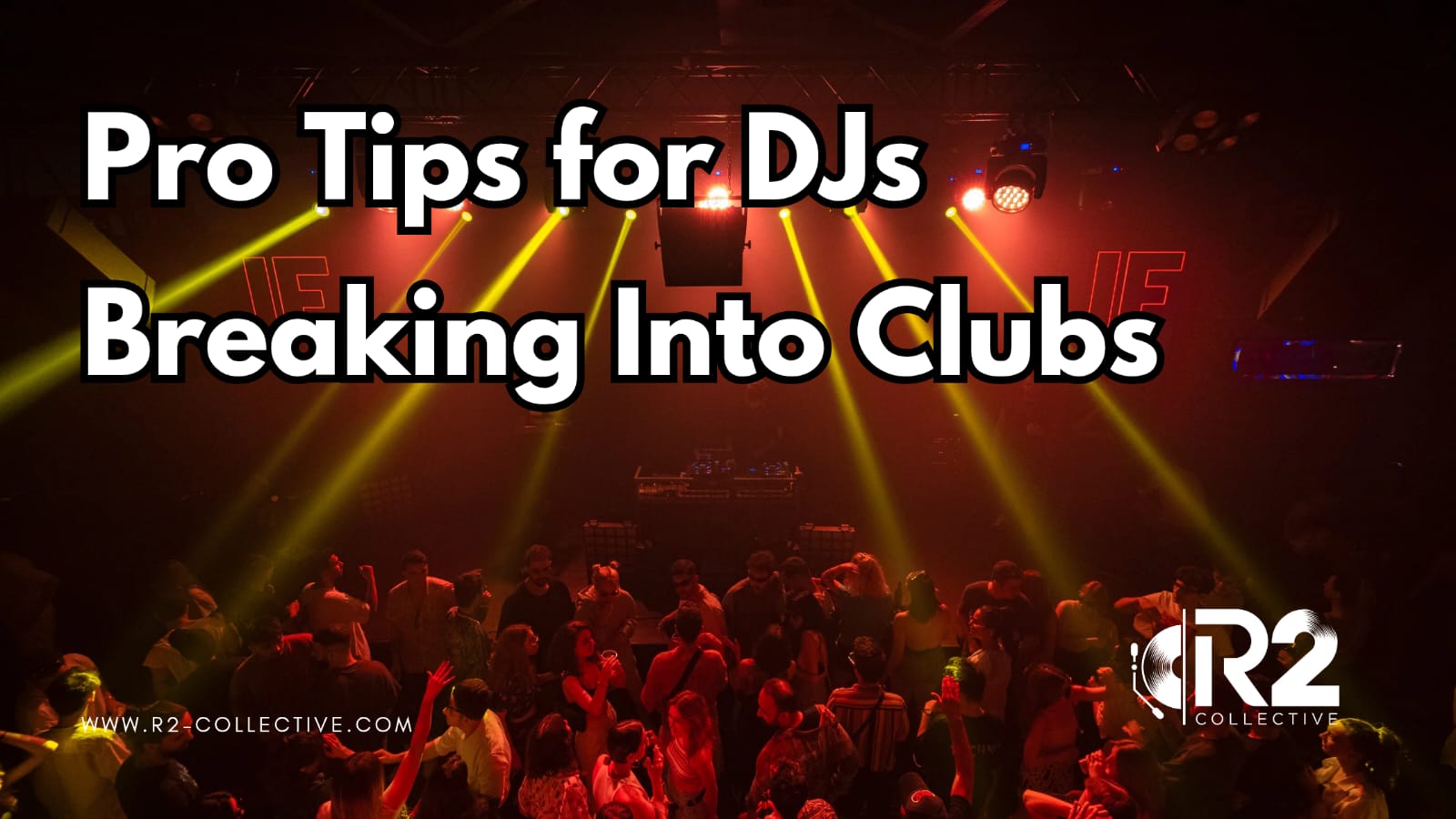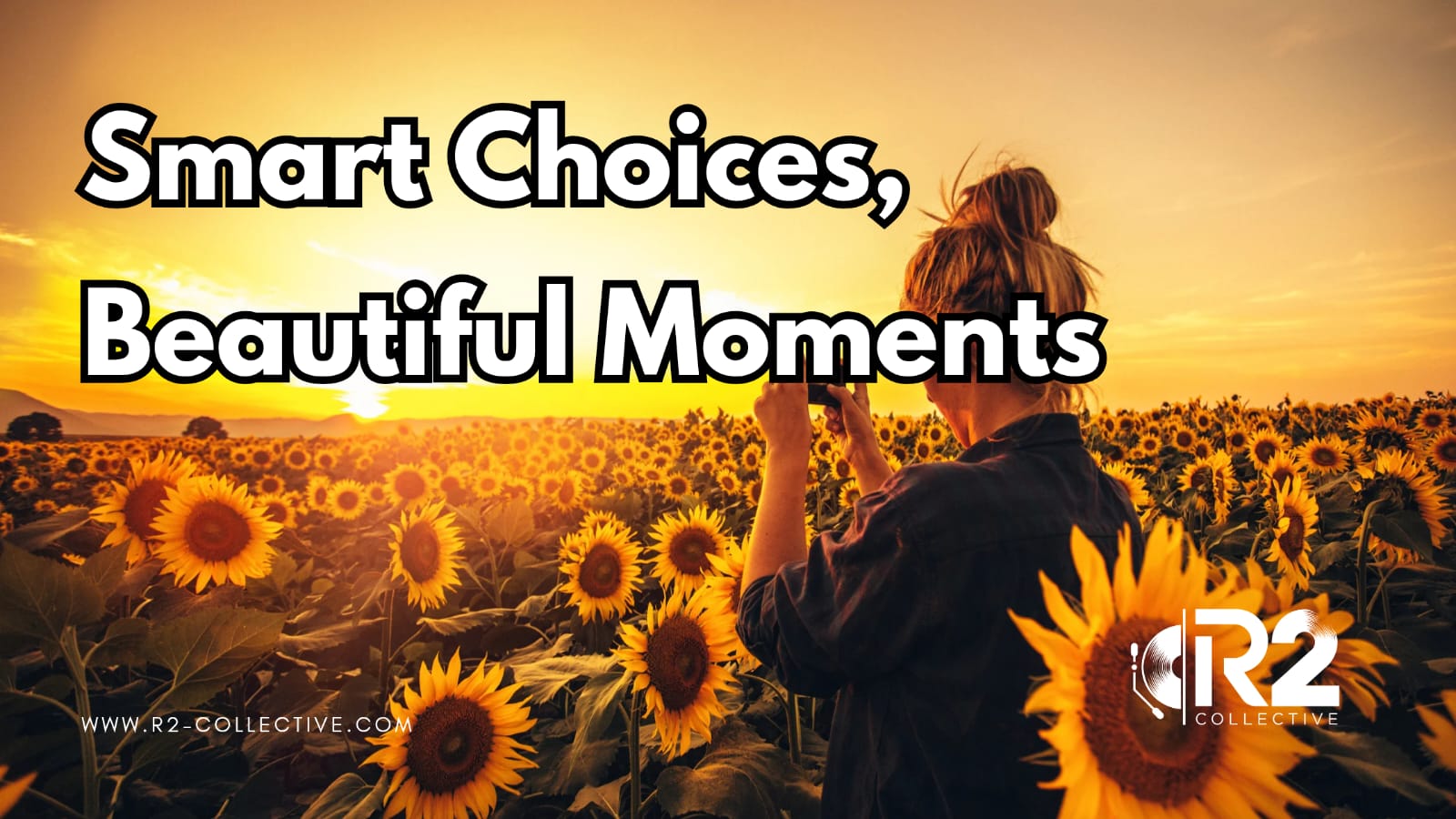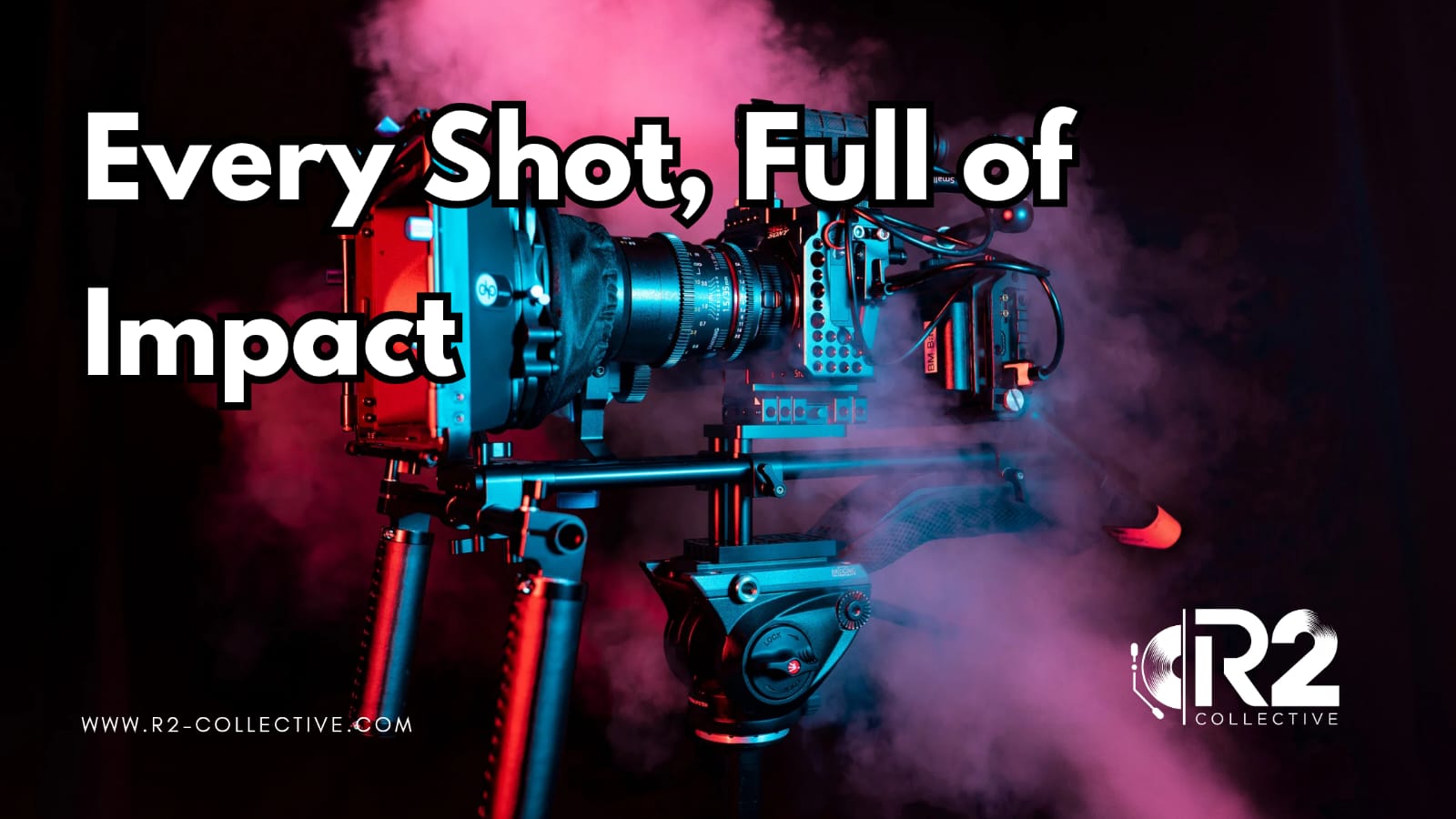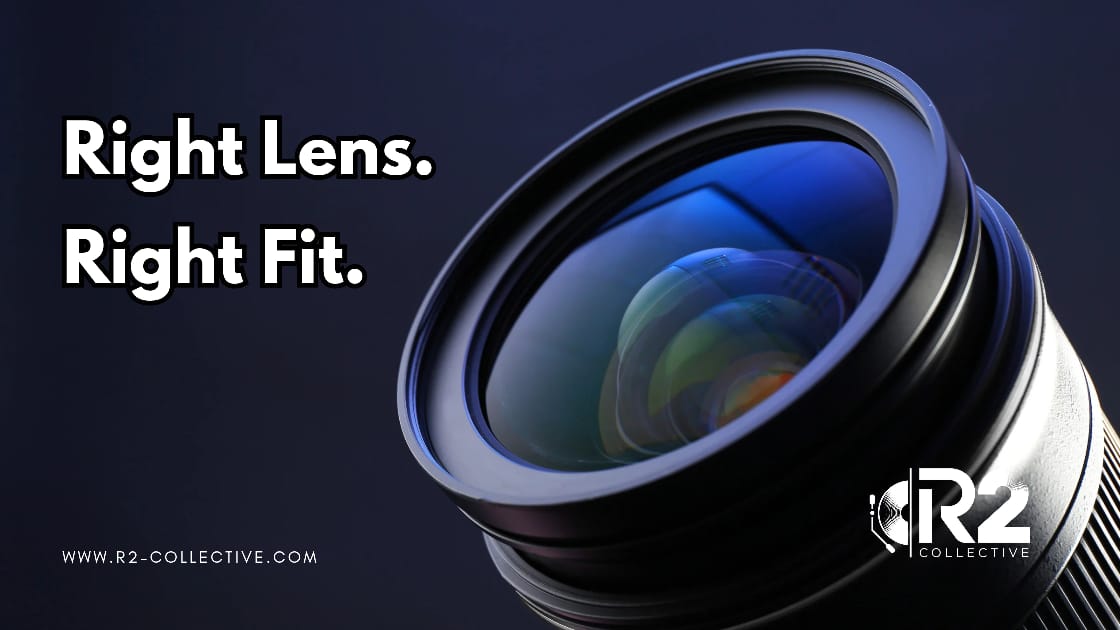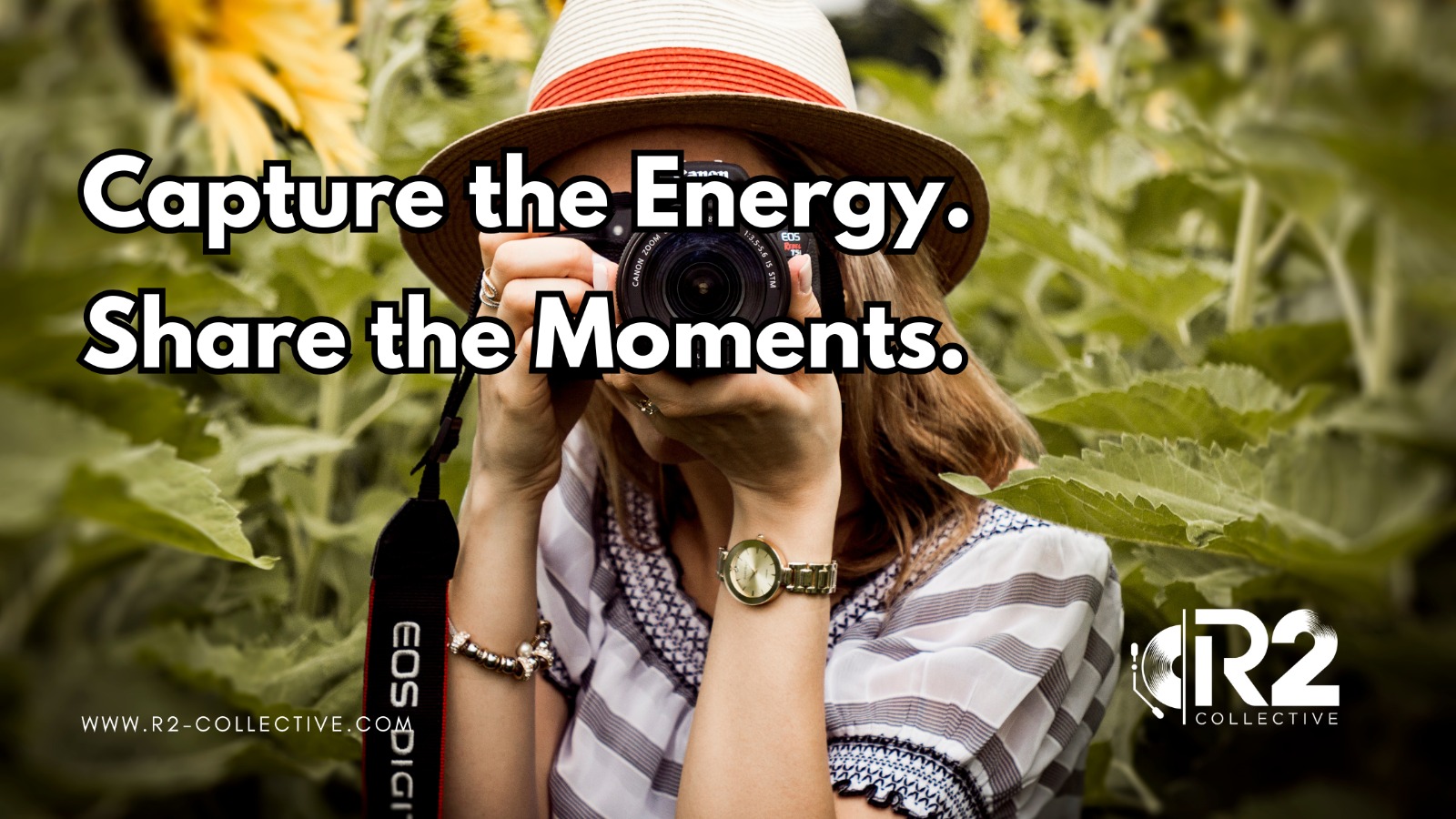When planning your event—whether it’s a corporate conference, a product launch, or even a team-building retreat—capturing the moments professionally is essential. One of the first decisions you’ll face as a corporate event manager is: indoor vs outdoor photography—what’s better?
The answer isn’t as simple as picking your favorite backdrop. Each setting offers unique advantages and challenges, and your choice can significantly influence the style, lighting, and overall success of your event photography.
In this comprehensive guide, we’ll break down the pros and cons of both indoor and outdoor photography. Whether you’re managing a boardroom seminar or an elegant evening gala, this will help you choose the right environment to match your brand tone, guest expectations, and event goals.
Why Choosing the Right Photography Setting Matters
Photography isn’t just about capturing faces; it’s about documenting experiences, ambiance, and story. The location of your shoot—indoors or outdoors—impacts:
- Lighting control
- Image consistency
- Backdrop and scenery
- Logistics
- Weather conditions
- Event type and duration
Let’s dive deep into both photography settings and explore what works best for your corporate or even personal event needs.
Indoor Photography: Controlled, Polished, and Versatile
Benefits of Indoor Photography
1. Controlled Lighting
Indoor settings allow photographers to manage lighting precisely using softboxes, flashes, reflectors, and ambient light setups. This control is perfect for corporate event photography, where consistent branding and clarity are essential.
2. Predictable Environment
With indoor photography, there are no surprises from the weather. Wind, rain, or harsh sunlight won’t affect your shoot, allowing photographers to stick to the schedule and deliver consistent results.
3. Professional and Formal Atmosphere
Boardrooms, conference centers, and event halls offer a professional backdrop that reflects your brand’s tone and image. This is ideal for headshots, speaker presentations, and client interactions.
4. Enhanced Privacy
Indoor venues give you more control over who appears in your photos. No background photo-bombers or public distractions—just clean, focused imagery.
5. Customization Possibilities
From branded banners to set decorations and studio backdrops, indoor spaces can be tailored to match your corporate theme.
Ideal Indoor Event Types:
- Corporate seminars and conferences
- Executive interviews
- Product unveilings
- Networking events
- Awards ceremonies
- Family photography sessions in studio environments
Limitations of Indoor Photography
1. Limited Natural Light
Unless your venue has large windows or skylights, indoor shoots often rely on artificial lighting. This can create a colder, more clinical feel if not managed well.
2. Space Constraints
Some venues may restrict camera angles or equipment setups. Tight spaces can limit creativity in framing and movement.
3. Flat Backgrounds
Unless you decorate or use dynamic lighting
Indoor Photography Techniques That Work
Professional photographers working indoors often use:
- Three-point lighting: A classic setup using key, fill, and back lights to create depth.
- Flash diffusers and bounce cards: To soften harsh shadows and reduce glare.
- Backdrop customization: For controlled color schemes and brand consistency.
If you’re planning an internal company meeting or high-stakes presentation, these tools help maintain a sharp, professional look. Basic camera settings can make low-light photography amazing.
Outdoor Photography: Natural, Dynamic, and Visually Rich
Benefits of Outdoor Photography
1. Natural Light
The biggest advantage of outdoor photography is natural lighting. Morning or evening light (golden hour) adds warmth, shadows, and dimension to photos, which is ideal for family photography or relaxed corporate events.
2. Open Spaces & Creative Framing
Wider locations offer freedom in composition—photographers can take full-length shots, large group photos, and aerial views with drones for a more cinematic experience.
3. Diverse Backdrops
Outdoor venues like gardens, rooftops, or urban landscapes provide variety in aesthetics without the need for heavy décor investment.
4. Candid Energy
Guests tend to be more relaxed in natural settings. This leads to spontaneous interactions and genuine smiles, which are hard to replicate in a studio.
5. Cost-Effective for Informal Events
You can use public parks or company campuses instead of renting venues. This is often budget-friendly for family day events, team picnics, or employee appreciation gatherings.
Best Outdoor Events for Photography:
- Product launch parties
- Company picnics and retreats
- Press meets and outdoor expos
- Brand lifestyle shoots
- Family photography in parks or beaches
Outdoor photography is also best for a budget wedding because it doesn’t require any gear for artificial lighting.
Limitations of Outdoor Photography
1. Weather Dependency
Outdoor photography is at the mercy of the elements. Rain, snow, or intense sunlight can disrupt sessions or damage equipment if not planned properly.
2. Inconsistent Lighting
Clouds and shifting light may require constant camera adjustments, filters, or on-site post-processing.
3. Unwanted Interruptions
Public locations may introduce distractions—bystanders, vehicles, or background noise—that take away from a professional outcome.
4. Permits May Be Needed
Depending on the location, you might need permissions or incur location fees, especially in city areas or private grounds.
Indoor vs Outdoor Photography: Side-by-Side Comparison
| Feature | Indoor Photography | Outdoor Photography |
| Lighting | Controlled with equipment | Natural but variable |
| Consistency | High—lighting and setting remain stable | Medium—changes with weather/time |
| Flexibility in Setup | Custom backdrops and lighting setups | Depends on venue and available light |
| Space | Limited to room size | Usually more open and spacious |
| Mood and Aesthetic | Clean, professional, formal | Natural, candid, dynamic |
| Equipment Needs | High—lights, stands, backdrops | Moderate—lens filters, reflectors |
| Ideal Use Cases | Corporate events, seminars | Retreats, family photography, casual events |
| Scheduling Risk | Low—venue is predictable | Higher—weather may require backup plans |
How to Decide Which Is Better for Your Event
Consider These Factors:
1. Event Type & Tone
Formal events (like board meetings, product showcases) are better suited to indoor environments. Informal or lifestyle-driven experiences (like networking events or team outings) shine outdoors.
2. Guest Expectations
If your guests expect luxury and control, indoor wins. If they want authenticity and relaxed engagement, the outdoors is better.
3. Brand Guidelines
For companies with strict branding (colors, logos, clean aesthetics), indoor is easier to manage. If you’re launching a casual or people-first brand, outdoors adds life to your visuals.
4. Logistics and Timing
Outdoor shoots need buffers for weather delays. Indoor shoots are easier to schedule tightly, especially for half-day or hourly photo sessions.
5. Lighting Requirements
Professional photographers can bring lighting gear for both scenarios. But if your event is during sunset or needs a dreamy feel, outdoors might be ideal.
Real-Life Scenarios and Use Cases
Indoor Corporate Events
- A tech company launching a new SaaS platform used an indoor event hall to control AV quality. Lighting was arranged to highlight speakers, and photos were consistent throughout.
- For quarterly meetings, professional headshots of C-level execs were done against a branded backdrop with studio lighting.
Outdoor Corporate Events
- A healthcare firm held a “Wellness Week” with yoga sessions in a city park. Natural light allowed vibrant, authentic group shots of employees.
- An outdoor product demo in a community garden helped a food startup showcase sustainability and freshness through organic settings.
Family Photography Considerations
- Indoor studios are perfect for baby portraits, controlled lighting for toddlers, or winter-time sessions.
- Outdoor sessions offer great seasonal variety—fall leaves, spring blooms, beach scenes—for memorable, fun family shots.
Tips for Combining Both Settings
Why choose one when you can use both? Many professional photographers offer hybrid packages, where portions of your event are covered both indoors and outdoors. For example:
- Indoor headshots + outdoor team-building shots
- Indoor ceremony + outdoor cocktail hour
- Indoor product demo + outdoor testimonials
This blend creates a dynamic visual story without compromising brand tone.
Equipment Checklist for Indoor and Outdoor Shoots
Indoor
- Softboxes and ring lights
- Tripods and gimbals
- Reflectors
- Wireless triggers
- Portable backgrounds
Outdoor
- Lens filters (UV/polarizer)
- Portable reflectors/diffusers
- Camera weather gear
- Drone (for aerial shots)
- External flashes or LED panels
How R2 Collective Supports Your Vision
At R2 Collective, we understand the unique demands of event photography—especially when deciding between indoor and outdoor setups. Our photography team is equipped with high-end gear and years of experience working with corporate event managers across different industries.
We consult with you before your event to:
- Understand your goals
- Recommend suitable settings
- Plan backup options (for outdoor shoots)
- Deliver consistent, brand-aligned visuals
Whether you need boardroom professionalism or vibrant outdoor memories, we deliver on your vision with precision.
Final Thoughts
So—indoor vs outdoor photography: what’s better? The answer depends on your event goals, guest experience expectations, and overall logistics. Indoor shoots offer structure and reliability; outdoor shoots provide personality and dynamism.
Both options bring their own strengths. And the best results often come when you’re intentional about matching the style of photography with the mood of your event.
For your next company function or personal milestone, don’t just “book a photographer”—plan it like a pro. Align your setting, style, and storytelling needs.
Ready to Plan Your Event Photography?
Schedule a consultation with R2 Collective today and let’s map out a photography experience that truly reflects your event’s purpose.


